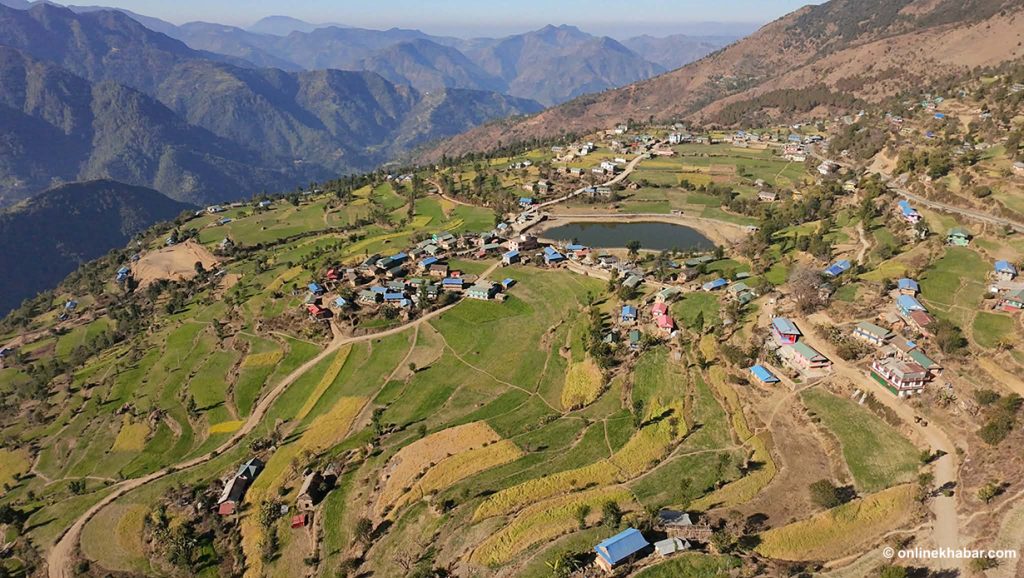Of all the wild animals in the world, they are said to be the most sensitive by nature—nothing short of humans. They play, cry, and . . . laugh, too!
They are “powerful, sentient, intelligent, sensitive, naughty, playful, emotional, perceptive, resilient, intuitive, compassionate, intimidating, curious, complex, and loyal to the bone.” Jaws drop. Heads turn. People freeze in their tracks. Kids scamper up chortling with delight as this hulking figure lumbers by majestically.
The 12th of August, every year, is dedicated to this largest terrestrial mammal on this planet: the elephant. The day marks the World Elephant Day. Let us also devote a little of our time and get to know this gargantuan ‘wonder’ a little closer.
Obedient and Intelligent
For their unwieldy size and a deceptively meek bearing, the elephants belie their intelligence to a phenomenal level. Whether in the zoo, or a safari in one of our National Parks, it lets you ride on its back . . . so docile and obedient like a child. If you have visited Chitwan National Park, you must have had this experience.

Give some bananas to a park-owned elephant, and it gently tugs at your sleeve with its flailing trunk for some more. That leaves you thrilled to the core. One word, a nudge from the mahout, and it lowers itself down to its knees, lets you climb up its trunk onto its back, or perform such tricks as standing on its hind legs or folding its enormous forelegs in a show of respect.
Once, while on an elephant ride in the Chitwan National Park, I dropped my camera-lens cover to the ground. No sweat! The mahout stopped the elephant, prodded it a little on its flanks by his feet and barked out some words. Lo and behold, the gentle giant gingerly picked it up with its prehensile trunk and handed it back to the mahout! I was tickled to the bone!
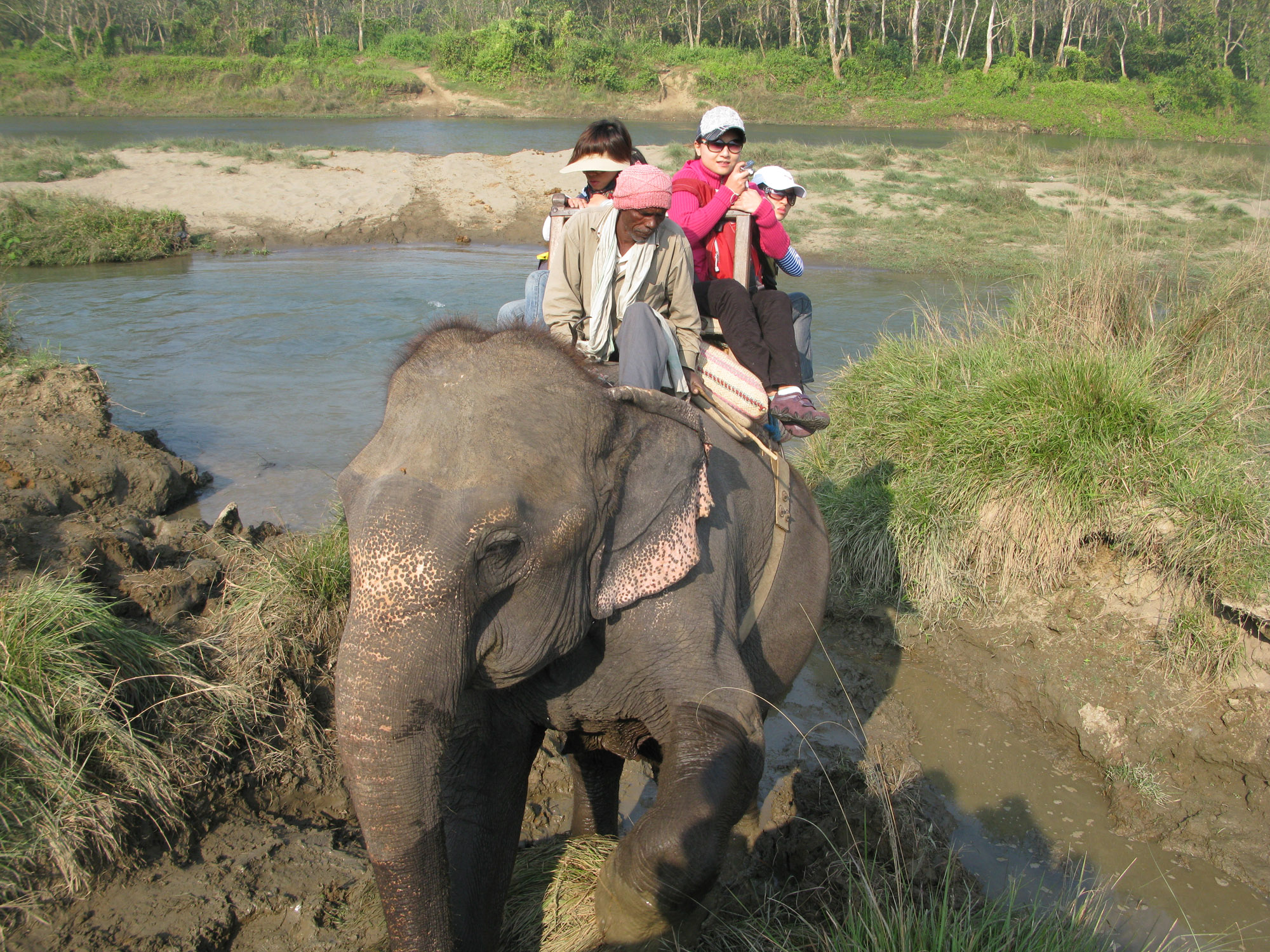
Curiously, African forest elephants have two finger-like growths at their trunk tips. Their Asian cousins have only one. Called the proboscides, they work like our fingers and help them grasp food and other tiniest of objects.
Whether it is performing amazing circus feats, playing polo, soccer or even painting colourful pictures on an easel, this colossal ‘beast of burden’ has proven its mettle all over the world.
Sensitive and emotional
Of all the wild animals in the world, elephants, or ‘pachyderms’ are said to be the most sensitive by nature—nothing less than humans. Did you know that they play, cry, and . . . laugh, too?
They are so susceptible that if a baby calf, the cynosure of the herd so much as whines, the entire family, ill at ease, rushes over to nuzzle and caress it. Their display of respect and empathy for every family member is exemplary. When a lost member reunites with the herd, it is greeted by the rest with benign affability.
When talking about feelings and emotions, the elephants have, by far, an edge over other animals, domesticated or wild. If a calf is stillborn, if any member of the herd is in distress, or when death strikes one of the family members—they grieve like humans.

Legendary memory
They are said to have a legendary memory. “You might know 200 people. Well, an elephant might know 500 or 1000 elephants. It’s got to remember every single one of those to get along well with its friends. So yes, elephants have fabulous memories, and this is one of the things that makes them so special,” writes, elephant ecologist Stephen Blake.
An Icon
For millenniums, elephants evoked a sense of awe in human beings. More so culturally in Asia. Elephant lore is plentiful. To the followers of Hinduism, this creature identifies itself as the best known and the most widely worshipped deity in the Hindu pantheon, Ganesha or Ganpati. If you care to observe, you will run into a Ganesh idol or a temple virtually at every Kathmandu Street—virtually every nook and corner.
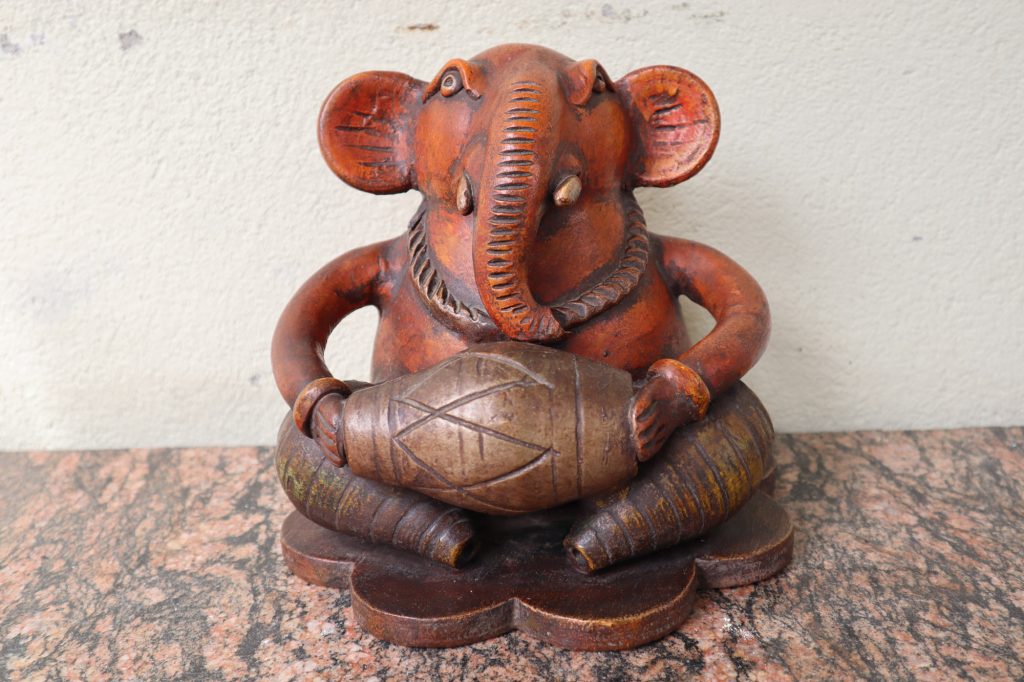
Image: author
Part human, part elephant, the son of Lord Shiva and Parvati, Ganesha is invoked by all as the icon of intellect and wisdom, a patron of arts, lord of success and sciences, and destroyer of evils. The great Hindu epic, the Mahabharata, vividly relates great battles fought and won with elephants as war vehicles.
To one and all, the women folks and kids more so, the sight of a domesticated elephant evokes awe, respect, affection, and deep veneration as it is identified with God Ganesha. People even touch it devoutly as it lumbers by.
Overview
African vs. Asian
Elephants are near-ungulates. They have toenails rather than hooves. The word elephant that has its roots in Latin comes from two words: ‘ele’ meaning arch and ‘phant’ meaning huge.
Among several species of pre-historic elephants, only the following genera are found today—the African elephant (Loxodonta Africana): the African Bush or also called Savannah elephant (Loxodonta Africana Africana), the African Forest elephant (Loxodonta Africana Cyclotis), and the Asiatic elephant (Elephas Maximus): the Indian elephant (Elephas Maximus Indicus), the Sri Lankan elephant (Elephas Maximus Maximus), and the Borneo pygmies (Elephas Maximus Borneensis).
The largest recorded elephant in the world lived for 82 years and was shot in Angola in 1956. It was the largest and weighed 12,000 kilograms (26,455 lbs.), and was, 4.2 m (14 ft.) tall at the shoulder.
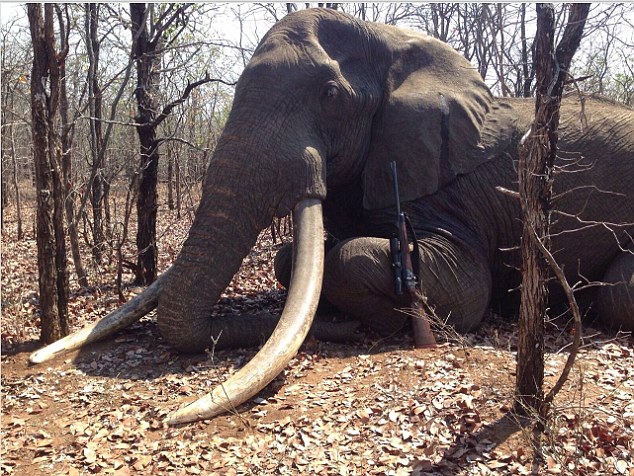
Very similar at first glance, African and Asiatic elephants differ anatomically. Sway backed and with a tapering head, the African elephant bears larger ears that are oddly similar to the shape of the African Continent.
The Asiatic elephant, on the other hand, is smaller than its African counterpart, is hump-backed, holds a huge domed head and bears smaller ears that curiously match the shape of the Indian Continent.
Unlike the African elephants who bear tusks(proboscis) regardless of gender, only the Asiatic bull elephants bearlarge external tusks; females have only ‘tushes’: incisors that stick out beyond the upper lip. They have five toes on the front feet and four on the back, unlike their African cousins, which have four on the front and only three on the back.
The African elephants can weigh as much as 10 to 12 tons and measure 12 to 13 ft. whereas their Asian relatives weigh from 2½ to 5 tons and measure 9 to 10 ft. in height at the shoulder.
Both Asiatic and African bulls are almost twice the size of their adult female partner. The gestation period for an Asiatic elephant is between 19 and 22 months (a little longer for the African). Both species breed at the age of 15 years and bear offspring (normally one) up to 50 years. Their life expectancy is very similar to humans – 60 to 70 years, or more.
During one of my visits to the Chitwan National Park, a game scout at the jungle lodge I was staying in, demonstrated an ingenious way of estimating the height of an elephant by measuring the circumference of its footprint and multiplying it by two. Everyone at the camp was thrilled!

Distribution
African bush elephants: Tropical rainforests of West and Central Africa. African savannah elephants: Eastern and southern Africa (Botswana, Tanzania, Zimbabwe, Kenya, South Africa, and Zambia).
Asiatic elephants: The Indian sub-continent (Nepal, India, Bhutan, and Bangladesh); continental Southeast Asia (China, Burma, Thailand, Laos, Kampuchea, Malaysia and Vietnam); and Asian islands (Andaman, Sri Lanka, Sumatra, and Borneo).
Behaviour
Matriarchal by behaviour, elephants, both African and Asiatic, live in a group of structural social order made up of mothers, daughters, sisters, and aunts. Such groups are led by the eldest females. Adult males mostly live solitary lives.
World Population
More than 100,000 Asian elephants may have existed at the start of the 20th century, but numbers have fallen by at least 50% over the last three generations, and they are still on the decline today.
In the late 1930s, African elephants numbered nearly 10 million; dropped disastrously to 1.3 million in the late 1970s and 600,000 in the late 1980s. Never abundant as their African cousins, and even more endangered, Asiatic elephants find their origin in the mammoth (Mammuthus), now extinct.
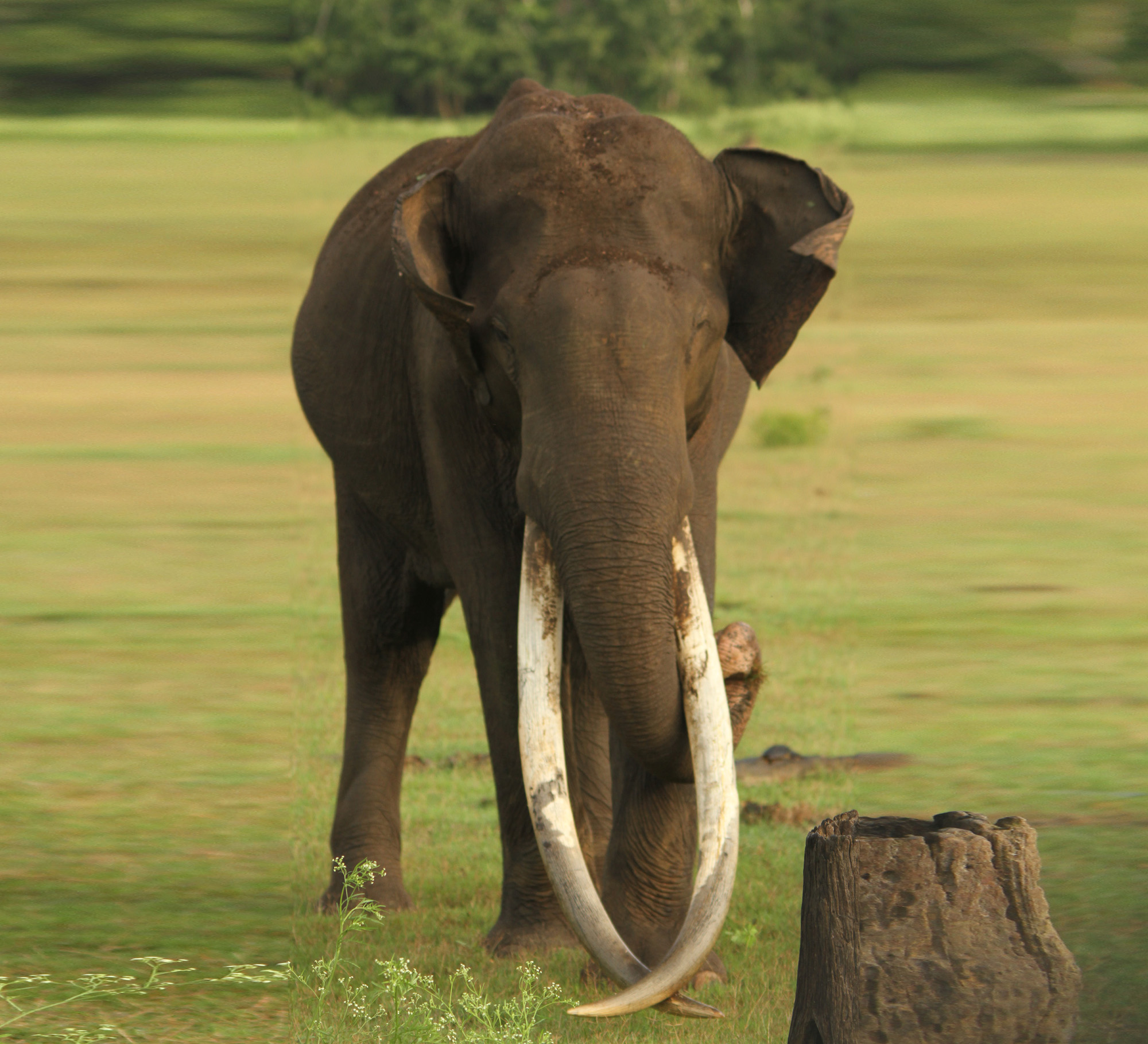
In 2016, wildlife experts estimated that Africa’s elephant population had dropped by 111,000 elephants in a decade. Today, there are just 415,000 elephants (WWF) across the African Continent.
At the turn of the 20th century, the population of the Asian elephant was estimated to be 200,000 (approx.). Today, there are fewer than 60,000 of which 38 to 53 thousand are found in the wild, 14 to 15 thousand are domesticated, and a thousand are scattered around zoos.
The number of resident wild elephants in Nepal was estimated to be between 109 and 142 animals (occurring in Eastern, Central, and Far-western region. DNPWC 2008). Some experts believe the figure fluctuates from 100 to 170 as transboundary migration to India takes place at Terai borders. The total number of elephants in captivity stands at 170.
“If you’re not outraged, then I beg you to take a little time just learn about elephants… They’re worth fighting for and we owe it to them to protect them,” Ellen DeGeneres.
End of Part I
References: The contents and data for this write-up have been drawn from the works of Dr. Narendra Babu Pradhan, Petra F. Ten Velde Thaguna, and Dr. Pralad Yonjan, bulletins of the Department of National Parks and Wildlife Conservation, and the Internet.








